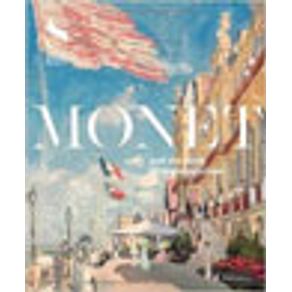The story of how and why Impressionism came into being is as intriguing as the artworks themselves. While this volume focuses on the movement's development primarily through the works of Claude Monet, it also gathers together some of the most important works by other Impressionist artists of the 1860s and 1870s. Readers will learn how the upheavals in French society - shifts in the relationship between man and nature, between work and leisure, as well as technological progress and increased mobility - all contributed to Impressionism. Equally as fascinating is the evolution of the movement itself: the introduction of plein air painting; the shift from the timeless to the ephemeral; the ascension of colour and light over subject matter. Organised chronologically, the book also demonstrates the ways that Impressionism's development was cyclical and complex, as painters adapted the style for their own use. Thus, works by lesser-known artists such as Frederic Bazille, Armand Guillaumin, or Stanislas Lepine are shown alongside masterpieces by Auguste Renoir, Edgar Degas and Edouard Manet. By focusing on Impressionism's earliest stages, the book offers a thorough and satisfying exploration that paves the way for a deeper understanding of the movement's myriad hybridisations and, eventually, the birth of abstraction. This delightful overview also offers readers a thoughtful context from which to appreciate these most beautiful works of art. Published in association with the Stadel Museum, Frankfurt.



